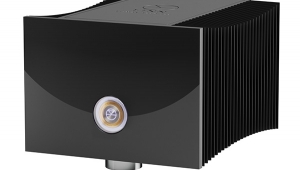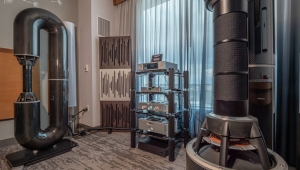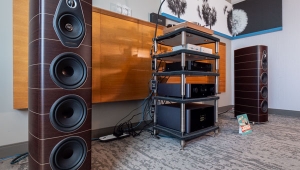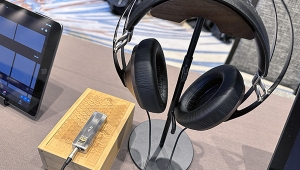| Columns Retired Columns & Blogs |
Infinity Reference Standard 1B loudspeaker Testing for Oscillation
Sidebar: Testing for Oscillation
Here is the most straightforward way of ascertaining whether a power amplifier will be stable (ie, won't oscillate) in actual use, with adequate protection against damage if it does oscillate. Low-current fuses are the cheapest form of protection.
If the amplifier is already equipped with speaker fuses in its outputs, replace these with 0.25A (250mA) fast-blow fuses. (If it hasn't its own fuses, buy a couple of standard in-line fuse holders, put one in series with the Hot output from each amp channel, and install the 0.25A fuses.)
Connect all your signal and speaker cables, and turn everything on. The system should work. If you get no signal from the amplifier under test, or if there is a "POP" when you turn things on, check the fuses. If they're blown, your bass amp inverts polarity
If it does, the solution in the case of the RS-1B is simple: Just flip a switch at the rear of the crossover module (you must loosen two screws to do this), and you can use your inverting amp with the RS-1B. Finally, don't forget to replace the 0.25A fuses with the originals. (If it had no fuses, you can discard the fuse holders.)—J. Gordon Holt
- Log in or register to post comments




































